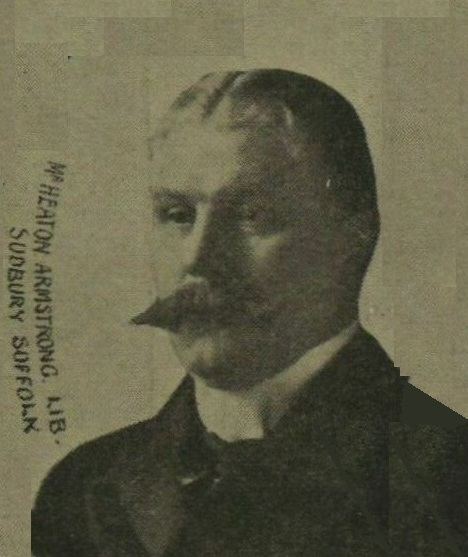Number of members 1 | ||
 | ||
Replaced by Western Division of Suffolk, Sudbury and Woodbridge | ||
Sudbury was a parliamentary constituency which was represented in the British House of Commons. A parliamentary borough consisting of the town of Sudbury in Suffolk, it returned two Members of Parliament (MPs) from 1559 until it was disenfranchised for corruption in 1844. The Sudbury election of 1835, which Charles Dickens reported for the Morning Chronicle, is thought by many experts to be the inspiration for the famous Eatanswill election in his novel Pickwick Papers.
Contents
- Map of Sudbury Ashbourne UK
- Boundaries
- Elections in the 1910s
- Elections in the 1920s
- Elections in the 1940s
- References
Map of Sudbury, Ashbourne, UK
A county constituency of the same name was established by the Redistribution of Seats Act 1885 for the 1885 general election, electing one MP by the first past the post voting system. It was abolished for the 1950 general election.
Boundaries
1885-1918: The part of the Municipal Borough of Sudbury in the county of Suffolk, the Sessional Divisions of Boxford, Cosford, Melford, and Risbridge, and parts of the Sessional Divisions of Newmarket, and Thingoe and Thedwestry.
1918-1950: The Municipal Borough of Sudbury, the Urban Districts of Glemsford, Hadleigh, and Haverhill, the Rural Districts of Clare, Cosford, and Melford, and parts of the Rural Districts of Moulton and Thingoe.
Elections in the 1910s
General Election 1914/15:
Another General Election was required to take place before the end of 1915. The political parties had been making preparations for an election to take place and by the July 1914, the following candidates had been selected;
Elections in the 1920s
Elections in the 1940s
General Election 1939/40:
Another General Election was required to take place before the end of 1940. The political parties had been making preparations for an election to take place from 1939 and by the end of this year, the following candidates had been selected;
